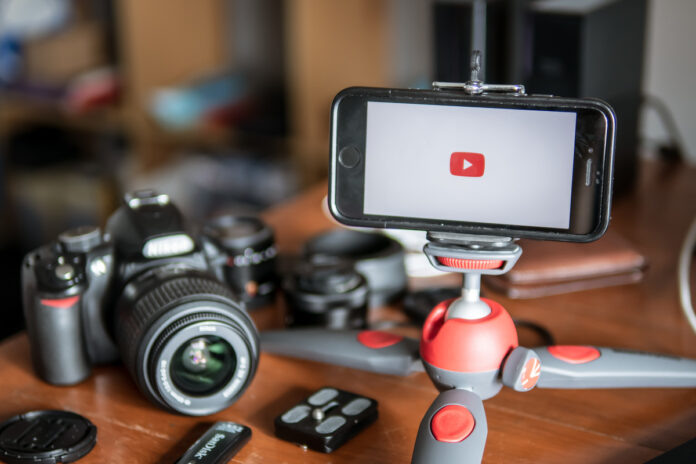SAN BRUNO, Calif. – YouTube was created in 2005 and quickly became ingrained in our culture. It is now the most popular platform to view online videos. According to Youtube, users watch more than one billion hours of content daily. Over the past few years, YouTube claims to have paid out over $2 billion to content creators through ad revenue.
Although many creators have been able to make a full-time job out of uploading content to YouTube, the cannabis industry has been notoriously cut off from most of these opportunities. YouTube was never considered a particularly friendly space for cannabis content, but in 2018 the platform surprised many with a swift crackdown on some of the most prominent cannabis content creators.
One channel, “That High Couple,” saw its channel lost in what was almost an instant. Although YouTube is supposed to provide warnings through its three-strike policy, the couple’s channel was erased for violating community guidelines when three strikes were applied within minutes of each other. “That High Couple” bounced back, but its videos remain unable to benefit from direct monetization. The channel generates revenue from paid promotions outside of YouTube’s direct advertising structure.
However, it appears YouTube may finally be softening its stance. Maybe. There have been several stories circulating about YouTube relaxing its monetization policies for cannabis content, but the specific policies have been difficult to decipher.
We reached out to a Google representative (YouTube’s parent company) for clarity. While they declined to provide a direct quote, the representative did confirm YouTube was expanding monetization rights for education and news content that may reference illicit drugs, as long as the creators do not depict graphic use or glorify the consumption of banned substances.
While the change may seem encouraging to cannabis content creators, it does little to clarify YouTube’s longstanding, confusing stance. The platform’s official guideline page offers three categories when explaining which cannabis videos can be monetized and which cannot. Ads can now be turned on for videos involving “education, music, statements, or humorous references about drugs or drug paraphernalia that do not glorify them.” In the next tier, content creators can monetize videos for brands that specifically opt-in to run ads for “content focusing on the display or effects of drug consumption; or the creation or distribution of drugs or drug paraphernalia in a comedy, documentary, news, or educational video.” And finally, all videos depicting “content showing or discussing abuse, buying, making, selling, or finding of drugs or drug paraphernalia in a graphic and detailed way” are totally prohibited from monetization.
Music videos including drug references seem to fall into a murky category. If a music video includes a “fleeting depiction of drugs” it can be monetized automatically. However, if a music video includes a “focal depiction of drugs” then creators should only be running ads from brands that have an agreement with the creator. Distinguishing between “fleeting” and “focal” seems rather subjective.
Medicinal cannabis videos could fall into uniquely confusing territory. If someone explains how they are finding pain relief through cannabis, is this simply education or glorification of a banned substance?
And what about videos just discussing the industry? For instance, a video discussing the explosive growth of the cannabis industry may be eligible for monetization but content giving advice on how to increase profits may not be.
For now, cannabis content creators should proceed with caution, especially if they are depicting cannabis use or complimenting the plant or the industry in any way. It seems the cannabis industry is always operating without clear guidelines and has somehow thrived. Hopefully, a change in federal policy will lead to YouTube allowing cannabis content creators to get their well-deserved piece of the pie.
© 2025 Incunabulum LLC. All rights reserved. mg Magazine is a registered trademark of Incunabulum LLC. The material on this site may not be reproduced, distributed, transmitted, cached or otherwise used, except with the prior written permission of Incunabulum LLC.












